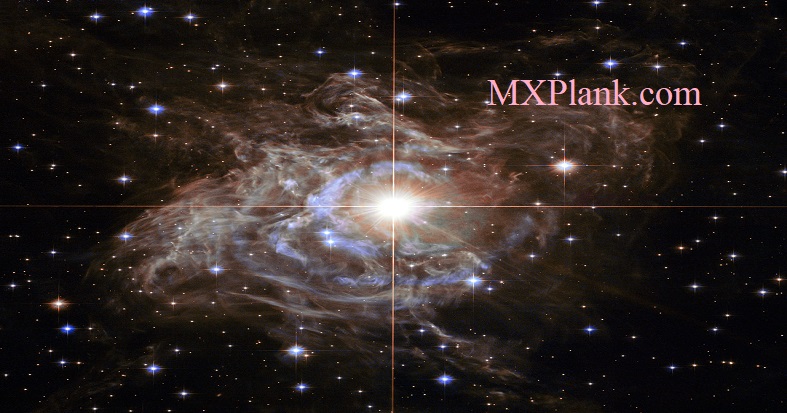
This mosaic image of the magnificent starburst galaxy, Messier 82 (M82) is the sharpest wide-angle view ever obtained of M82. It is a galaxy remarkable for its webs of shredded clouds and flame-like plumes of glowing hydrogen blasting out from its central regions where young stars are being born 10 times faster than they are inside in our Milky Way Galaxy.

This image shows the view from the surface of one of the planets in the TRAPPIST-1 system. At least seven planets orbit this ultracool dwarf star 40 light-years from Earth and they are all roughly the same size as the Earth.

This Hubble image shows RS Puppis, a type of variable star known as a Cepheid variable. As variable stars go, Cepheids have comparatively long periods — RS Puppis, for example, varies in brightness by almost a factor of five every 40 or so days

The exoplanet WASP-107b is a gas giant, orbiting a highly active K-type main sequence star. The star is about 200 light-years from Earth. Using spectroscopy, scientists were able to find helium in the escaping atmosphere of the planet - the first detection of this element in the atmosphere of an exoplanet